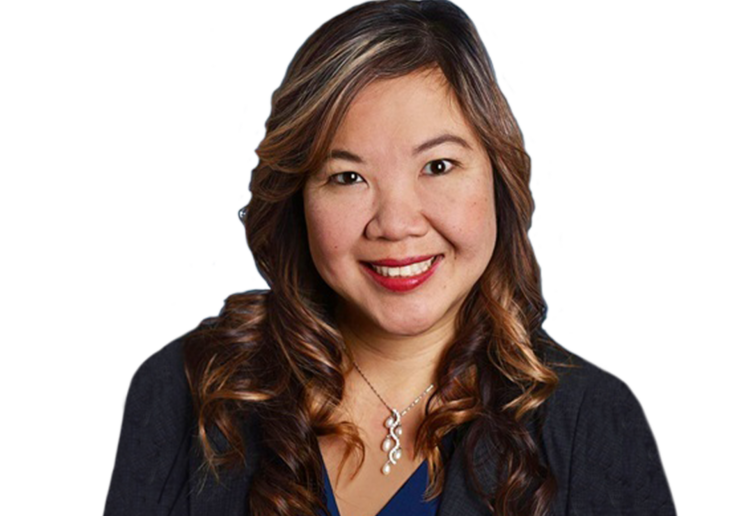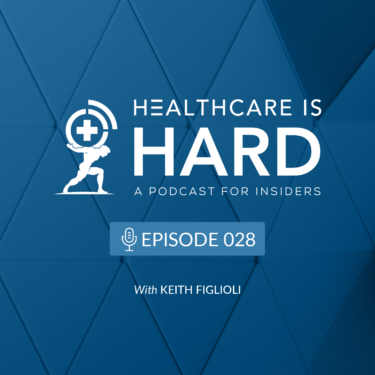
Improving patient experience has been a driving focus for Winjie Miao during her twenty year career at Texas Health Resources, where she’s now senior executive vice president and chief experience officer. Texas Health cares for more patients in North Texas than any other provider through 350 access points including 27 hospital locations and a network of outpatient facilities, Neighborhood Care & Wellness Centers, preventive and fitness services, and home health services.
After joining Texas Health, Winjie spent 15 years in hospital operations – first at one of the system’s largest hospitals and then at its smallest. She then embarked on a unique opportunity to build a new hospital where she planned, implemented and piloted new technology in a way that wouldn’t have been possible at an existing hospital campus.
In 2015, Winjie joined Texas Health’s executive leadership team and a year later played a significant role developing its 10-year strategic plan, Vision 2026, which made patient experience a central focus. In three phases, Texas Health planned to understand everything it could about healthcare consumers, build new capabilities to activate consumers, and finally capture value for both consumers and the health system itself.
Nearly halfway through its strategic plan, Texas Health had already piloted virtual primary care by the beginning of 2020 and planned a phased rollout through the rest of the year. Then COVID hit.
In this special episode of Healthcare is Hard, recorded as part of the Digital Health Innovation Summit (DHIS) Virtual Spotlight Series, Winjie talks to Keith Figlioli about what Texas Health has learned through this process and how she sees the future of home health unfolding. Their conversation covers a number of topics, including:
- One giant pilot. While Texas Health was well on its way to piloting and implementing options for virtual primary care at the beginning of the pandemic, Winjie talks about how the first two or three months of going almost entirely virtual were still a huge learning experience. She says it forced significant changes from the original plan.
- Barriers to integrated virtual care. When it comes to telehealth, Winjie sees it becoming an integrated part of the care workflow within the next three years, but she discusses internal and external barriers to overcome first. These include ensuring that equal reimbursement rates for in-person and virtual visits remain permanent, and determining where new business units or processes need to be newly created, and where old ones can be adapted.
- A thoughtful and measured approach. Winjie points out the importance of recognizing that home health is right for certain groups, and not for others. Without reliable internet, the ability to connect multiple at-home remote monitoring systems, a support system or family member who can be there and be part of the care team, and other essential variables, home health is not the best form of care for many people. But it is absolutely the best place for others, and that determination needs to be made in a very deliberate and pragmatic manner.
- A fast start, but long road to home health. Many people, both inside and outside of the healthcare industry, look at the progress that’s been made due to the pandemic and think telehealth has arrived. But Winjie talks about all the work that still needs to be done, especially when it comes to connecting different types of virtual care platforms that have all matured at different rates. She says connecting them in a way that’s meaningful for the patient and the care giver is still a few years away.
To hear Winjie and Keith talk about these topics and more, listen to this episode of Healthcare is Hard.
